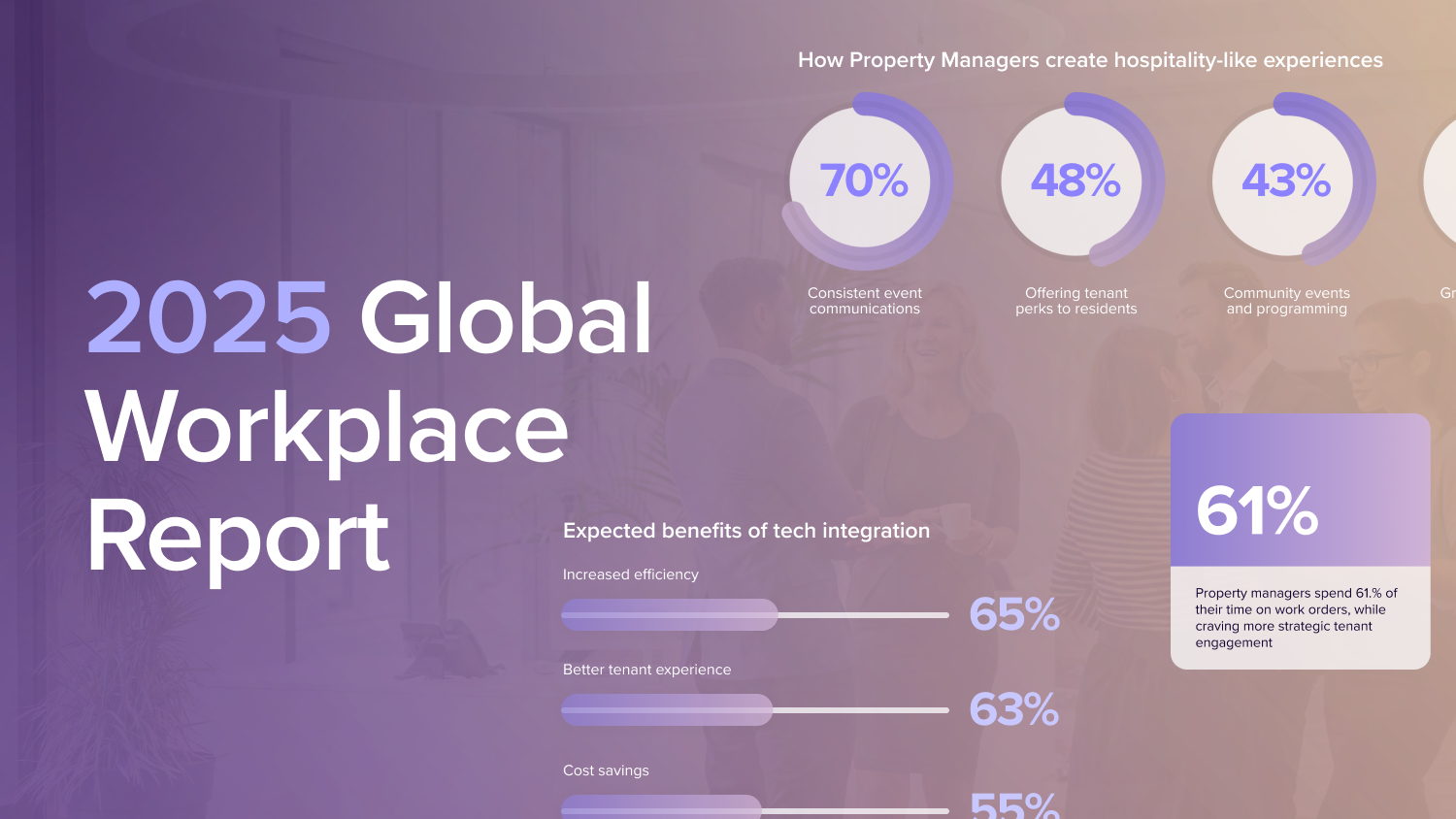
After the market closes on August 31, 2016, real estate will finally become the 11th sector in the Global Industry Classification Standard (GICS). But does the change really mean anything?
While it’s easy to think this restructuring is nothing more than a routine move, that’s far from the truth—this is the first time since the launch of GICS in 1999 that a new sector will be added, and some experts expect the shift to bring in as much as $100 billion in new real estate investments.
What is going to happen in the GICS?
While real estate will become its own sector on September 1, 2016, the changes will actually take effect after the close on September 16 (to coincide with the S&P’s annual rebalance of indexes). While the exact list of companies that will find themselves in the new Real Estate Sector has not yet been announced, it is likely that the vast majorityof them willbe listed Equity REITs based on the guidance provided so far. This means the days of Equity REITs and real estate firms being a niche are quickly coming to an end—instead they will be representative of an entire, distinct asset class.
“It is a proper recognition that the public real estate arena is large enough and distinguished enough from Financials to be staked to its own Sector,” says Michael Knott, director of US REIT research for Green Street Advisors. Knott describes the move as a “momentous event for the industry.”
How a new sector will drive investment
REITs are often viewed as a quirky, niche investment, and that image has done a lot to keep both institutional and individual investors skepticalofthem. But the new spotlight on REITs shouldchange that—achieving a Headline Sector is tantamount to proving the REIT business and investment model is strong and enduring.
REITs will be validated, and that validation combined with increased visibility will drive investors to increase their weight in the sector. That’s according to real estate investment firm Cohen & Steers, who maintain plan sponsors will “seek to provide the potential diversification benefits of real estate for stock and bond portfolios.” Cohen & Steers also expects the shift to dispel common misconceptions, such as the notion that REITs are a proxy for the housing market. The firm also predicts investors will be less likely to use REITs to express views on interest rates, as many investors do with financial companies.
When it comes to the numbers, JPMorgan Chase expects the reclassification to drive up to $100 billion of new investments into the sector as fund managers boost REIT holdings to be in line with market weighting. While not everyone is that optimistic, Bank of America Merrill Lynch forecasts more modest gains of $5 billion to $8 billion for REITs, nearly everyone is in agreement that the heightened visibility and prestige the new classification will afford REITs will lead to increased investment in the space.
Over the long-term
While a cash infusion into the real estate sector is a likely short-term outcome, NAREIT and others expect Equity REIT stocks to experience lower volatility due to the increased liquidity separation from the Financials Sector will allow. Additionally, Michael Grupe, NAREIT’s executive vice president for research and investor outreach, says a more diverse, larger investor base could help moderate the severity of the real estate market cycle.
Grupe also says the new distinction and visibility of real estate investments will spur the creation of new groups of investment products, such as different types of mutual funds and exchange-traded funds. These investment vehicles will grow up around the new Real Estate Sector, giving fund managers more options to recommend to their clients and in turn flowing more cash into listed real estate equities over time.
Most importantly, Grupe predicts investors will start asking more questions about their exposure, and it’s likely an under-exposure, to REITs given the new classification. Especially considering REITs as an asset class have consistently “outperformed the S&P 500 over the trailing 10-, 20- and 30-year periods, as well as in [seven] of the past 10 calendar years,” says Thomas Bohjalian, Cohen & Steers executive vice president and portfolio manager.






